|
ABSTRACT: INTRODUCTION: |
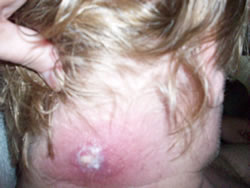
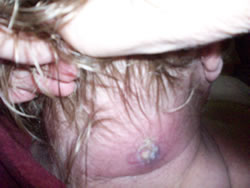
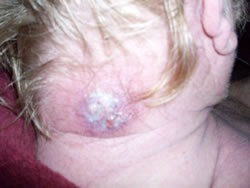
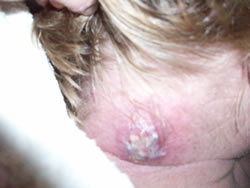
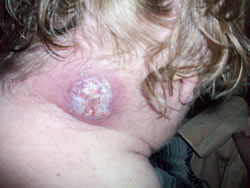
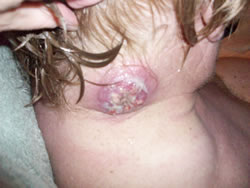
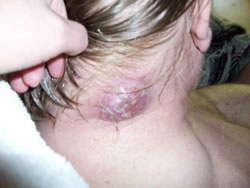
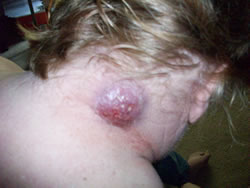
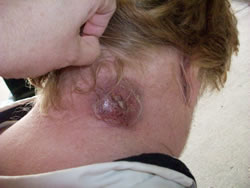
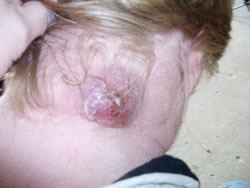
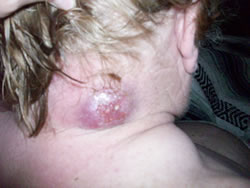
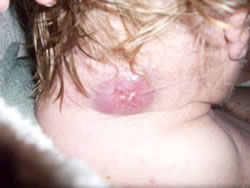
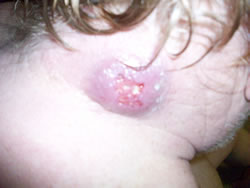
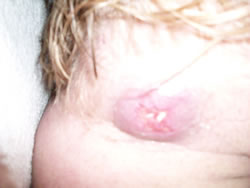
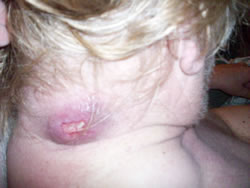
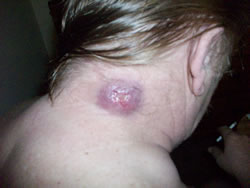
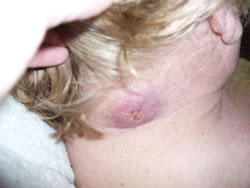
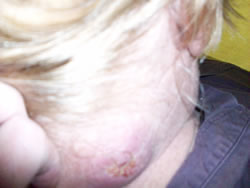
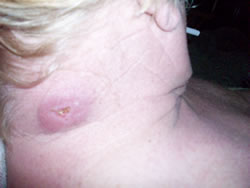
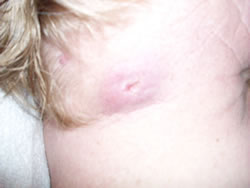
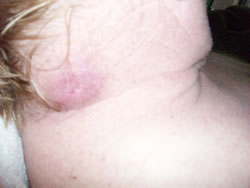

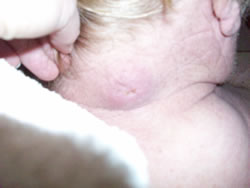
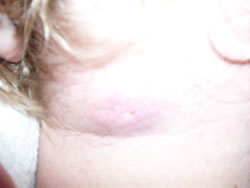
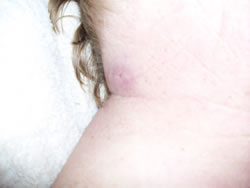
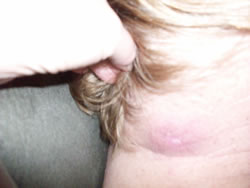
|
 In
1944 an Italian chemist, C. J. Cavallito, with his colleague J H Bailey
1 first isolated an unstable, odourous sulphur containing compound from
extracts of fresh garlic and demonstrated its antibacterial properties.
The substance was named allicin, after the generic name for the plant
Allium Sativum. Researchers Stoll and Seebeck, also working with garlic,
discovered an odourless sulphur-containing compound called alliin which
they fully characterised some years later. 2 This they found to be converted
by a second garlic constituent, an enzyme called allinase, to form allicin.
The researchers made an additional remarkable discovery: When they studied
cloves in cross section they found that alliin and allinase are stored
in different compartments. In an undamaged clove they remain completely
separate, but once its structure is ruptured - typically by cutting
- the two substances come into contact and form allicin.
In
1944 an Italian chemist, C. J. Cavallito, with his colleague J H Bailey
1 first isolated an unstable, odourous sulphur containing compound from
extracts of fresh garlic and demonstrated its antibacterial properties.
The substance was named allicin, after the generic name for the plant
Allium Sativum. Researchers Stoll and Seebeck, also working with garlic,
discovered an odourless sulphur-containing compound called alliin which
they fully characterised some years later. 2 This they found to be converted
by a second garlic constituent, an enzyme called allinase, to form allicin.
The researchers made an additional remarkable discovery: When they studied
cloves in cross section they found that alliin and allinase are stored
in different compartments. In an undamaged clove they remain completely
separate, but once its structure is ruptured - typically by cutting
- the two substances come into contact and form allicin.
For more information on MRSA click the pdf's below:
 European Journal for Nutraceutical Research
European Journal for Nutraceutical Research